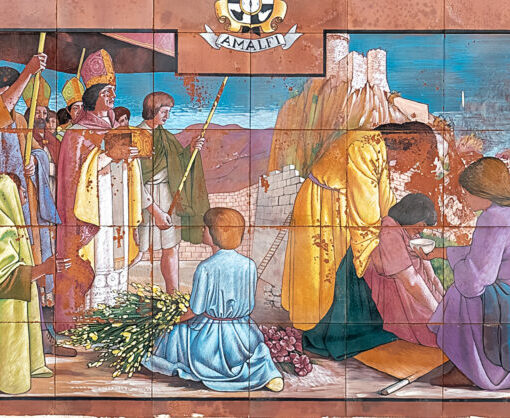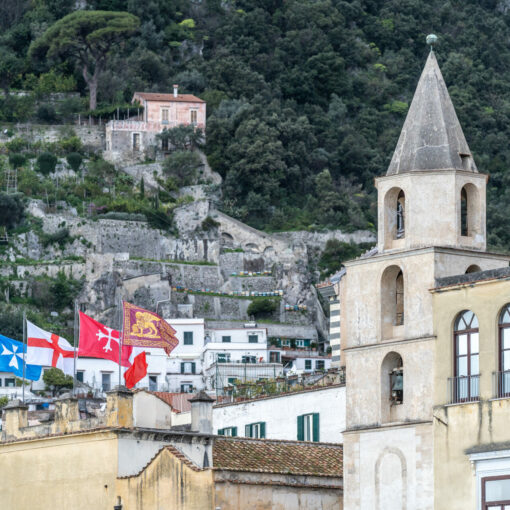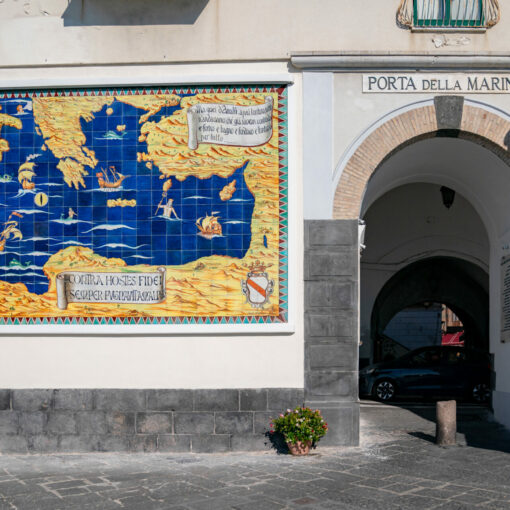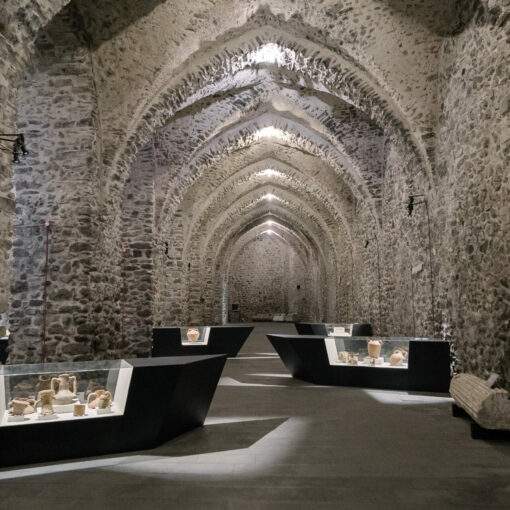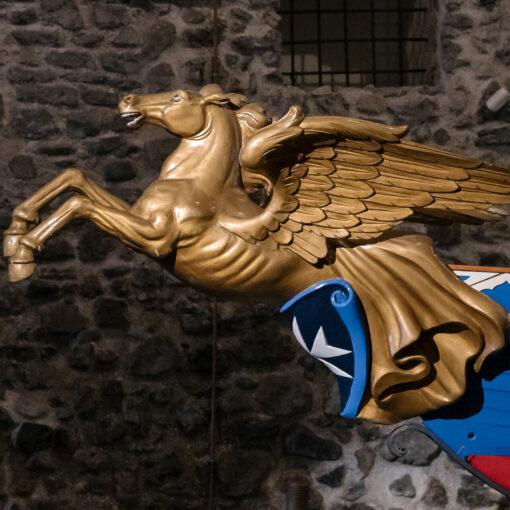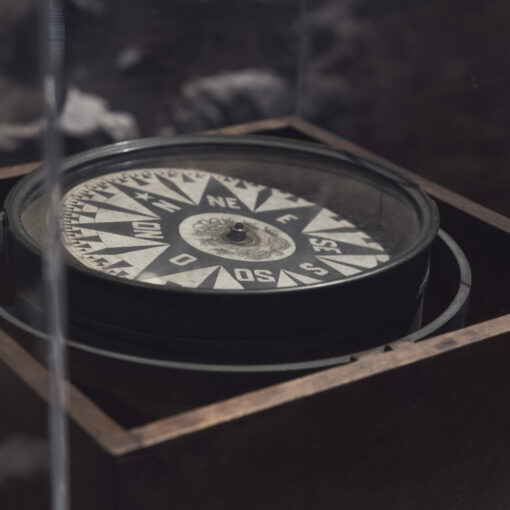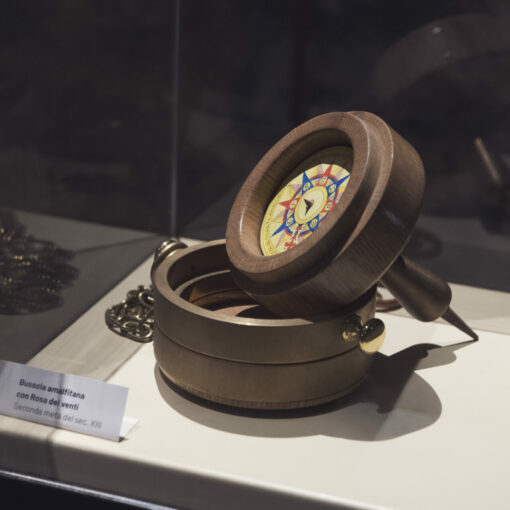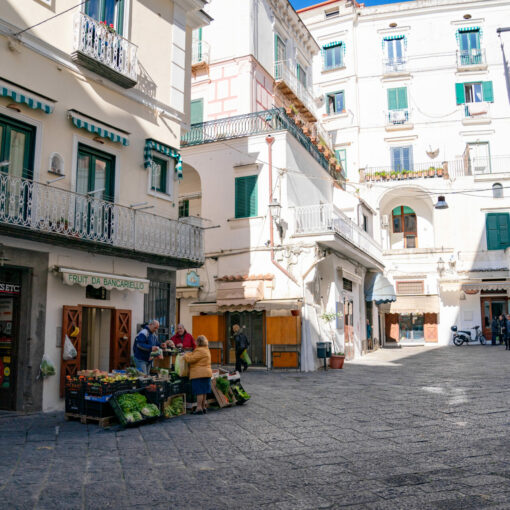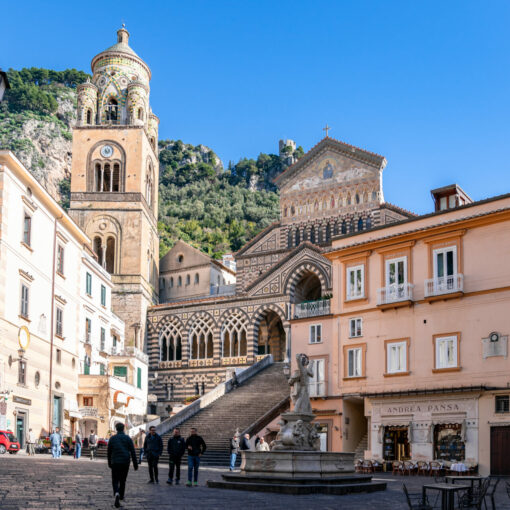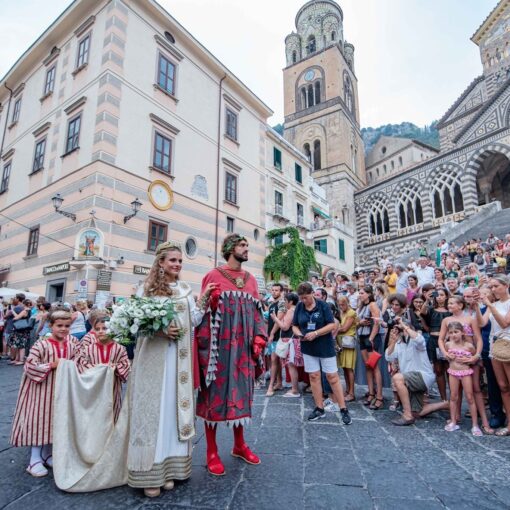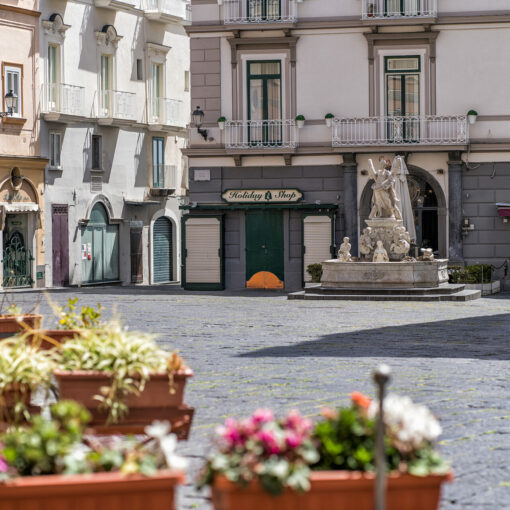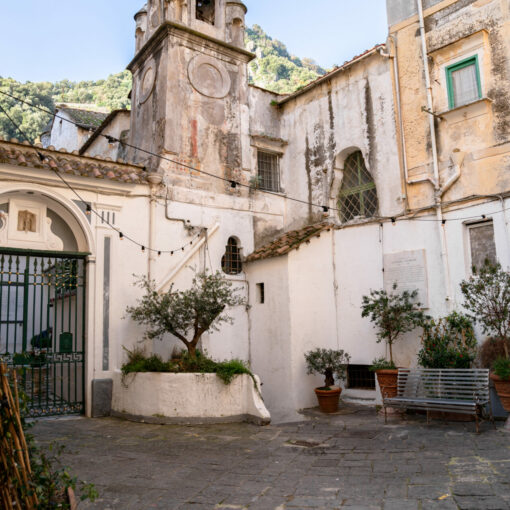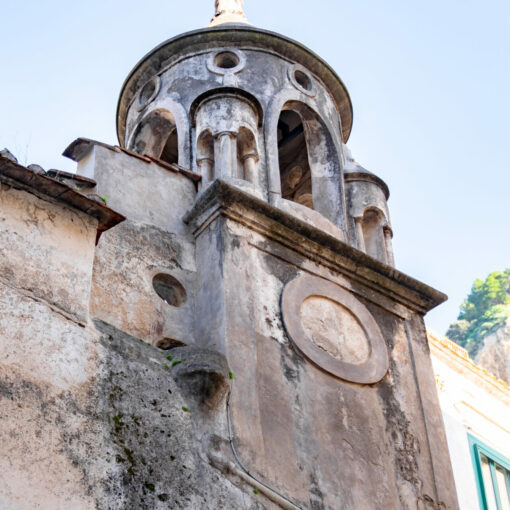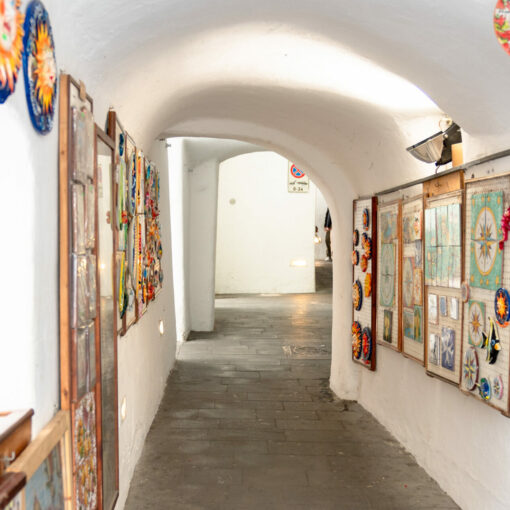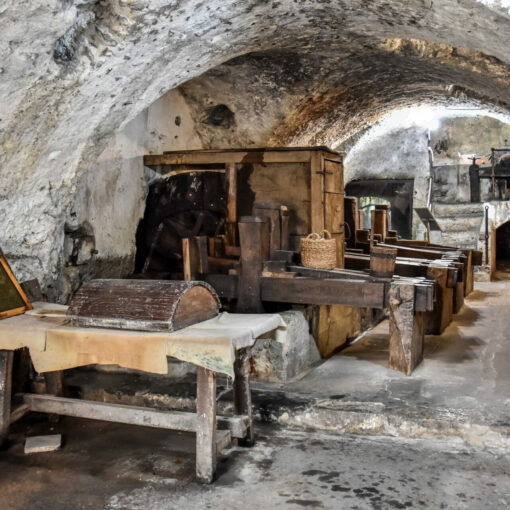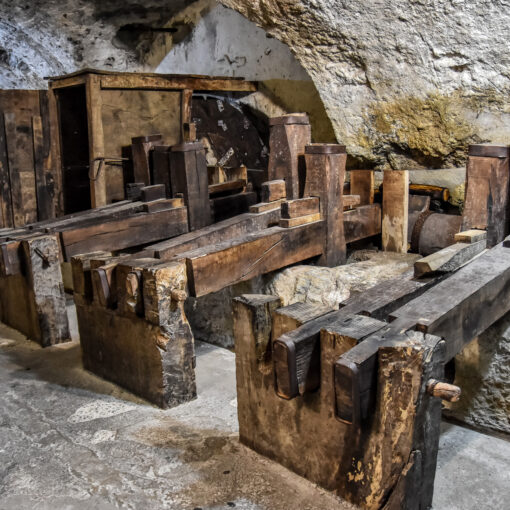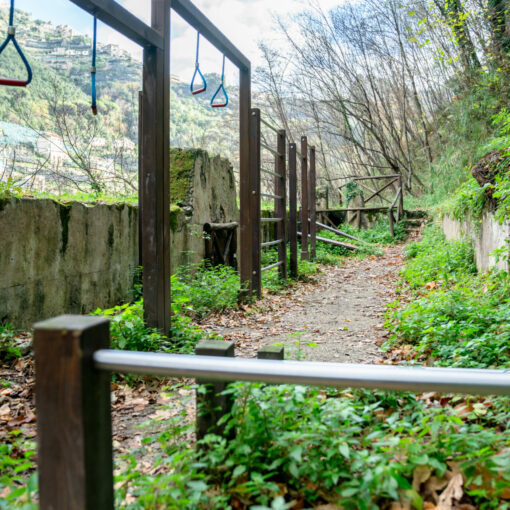Category: Walk
Type: Cultural-experiential itinerary
Suggested equipment:
Comfortable shoesHatSunglassesSunscreenWater
Tour Description
Itinerary to discover the ancient splendors of the glorious Maritime Republic of Amalfi. The itinerary combines cultural and natural attractions with workshops and experiential activities to be experienced in the Amalfi area.
If you enjoyed the itinerary, don’t forget to share your experience on Facebook and Instagram by tagging Visit Amalfi.
Historical background
A city of merchants and sailors, Amalfi was the oldest of the maritime republics as well as the most powerful for nearly two centuries. On September 1, 839, a date known as the “Byzantine New Year,” Amalfi administratively separated from the Duchy of Naples, proclaiming itself an independent republic. From that time it maintained its own autonomy for about three centuries, collaborating with the Byzantines to defend itself against the aims of the Lombards from nearby Salerno. While remaining under the formal tutelage of the Emperor of Byzantium, the city gained an autonomy that grew stronger and stronger, allowing the entire territory to prosper and expand its trade.
Its central position in the Mediterranean made it a conduit between the West and the East, where the activity of the Amalfitan negotiatores was based mainly on intermediation: to the East they transported the products of the land such as chestnuts, almonds, pistachios, honey and wheat, as well as Sicilian silk, linen fabrics and especially timber. On the reverse routes they brought back, in addition to the gold they received in payment, fine textiles, tapestries, spices, pepper, and luxury furnishings of Arab and Byzantine origin.
It was the Amalfitans who perfected the compass, already known to the Chinese, and formulated one of the first maritime codes in history. The seafaring and trading skills of its inhabitants gave wealth and power to the city, which was described by visitors as “opulent and populous, rich in gold, silver and cloth of all kinds.”
The life of the Amalfitan people was regulated by the Consuetudini della Città di Amalfi, a collection of laws that governed marriage and property contracts, also providing interesting evidence on the figure of women, who were given a primary role in society.
The Amalfitans are especially credited with writing the oldest Italian maritime statute: the Tabula de Amalpha, also known as the “Tavole Amalfitane,” drafted around the 11th century. This is the first code of the law of the sea to have regulated every aspect of navigation, including the obligations and entitlements of seafarers, which was adopted throughout the Mediterranean area until the 16th century.

